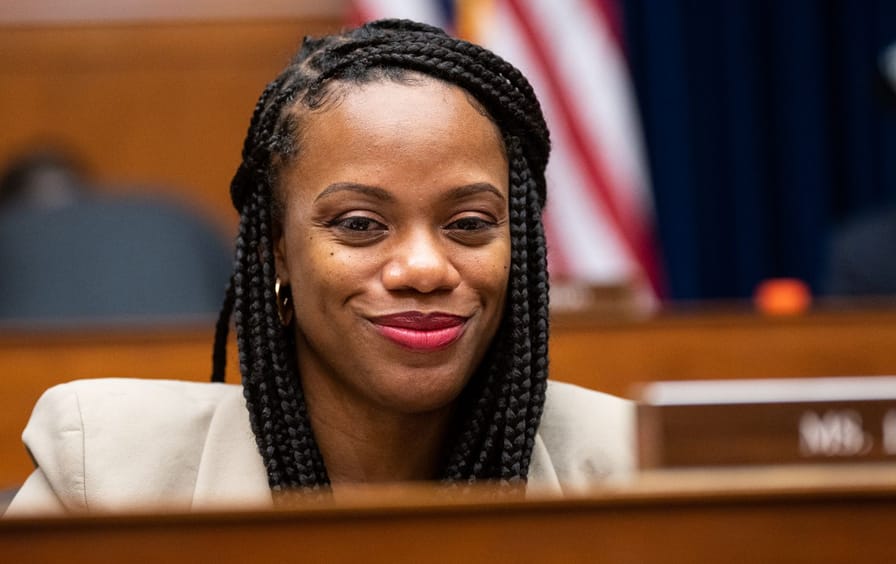Demonstration in Boston in condemnation of occupation attack on al-Aqsa Mosque

New York, SANA- Hundreds of members of Arab and Palestinian community and American activists participated in a demonstration in Massachusetts state, Boston city, in condemnation of the Israeli aggression on al-Aqsa Mosque.
“The participants condemned the attacks launched by the occupation forces and settler gangs on the Palestinians in occupied Jerusalem and their repeated storming into the al-Aqsa yards,” Wafa News Agency stated.
They stressed their support for the Palestinian people’s struggle until restoring all their legitimate national rights.
The participants also called on US administration to stop financial and military support for the occupation authorities and to lift the international cover so that they will be held accountable for their crimes against the Palestinians.
Rafah al-Allouni/ Ruaa al-Jazaeri











